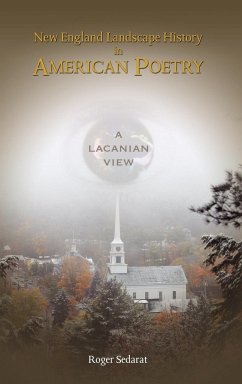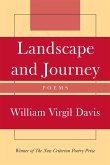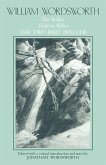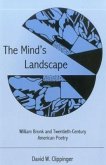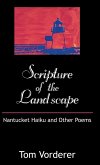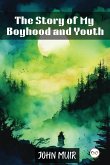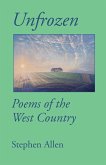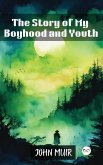As the first region in America, New England offers a locus in which to better understand the emergence of poetic voices closely identified with the experience of their surroundings. Tracking these voices in the verse of four seminal poets over the course of roughly one hundred years allows for a thorough survey of common links as to how speakers respond to historical shifts as well as how they view the landscape in the context of a shared literary tradition. Though scholars have explored the relationship between the work of these four poets and the New England region, the primal lyric tension that ultimately defines the voices that readers have come to identify as "Dickinson" or "Lowell" warrant closer investigation. No study has yet to use Lacanian psychoanalysis to read the speakers of this verse in the context of historical changes in their surroundings. This post-structural reading allows for arguably the closest consideration as to how voices take shape in the New England region based upon how the various speakers view the landscape they inhabit through a version of Emerson's perspective via his paradoxically "transparent eyeball": an invisible presence that remains in the foreground because of rhetoric that describes it. For these speakers, history as well as literary tradition serves as such rhetorical covering , which in part offers a new way of considering how they come to sound like they come from "New England" by their visual experience of the environment. In connecting what has become rather standard post-structural theory to the practical relevance of local New England history, this book strives to bridge a recurring divide in literary study. Using Lacanian psychoanalysis to look specifically at the poetic speakers in part makes such an interdisciplinary examination possible. To "see New Englandly" ironically means to be seen by the formative historical effects of New England. Cultural movements shaping the experience of the speakers' surroundings thus inform their conscious and unconscious desires as they in turn project such desires onto the land. The paradox of Emersonian vision especially central to the poetry of Wallace Stevens, wherein transparency gets covered with textual awareness, comes to exemplify this regional view taken by the speakers in the verse of the other poets here as well. The connection of Emerson's transparent eyeball in the New England landscape to the Lacanian gaze offers a means to extend a fundamental trope for lyric vision in the region. Such a critical and theoretical link especially in Stevens's verse offers a revision of readings by scholars like Harold Bloom and Richard Poirier who, though recognizing the importance of Emerson's eyeball as a metaphor of visual priority, have refrained from examining its full implications in a collective body of American literature. The insights that follow such an analysis perhaps make the strongest contribution to the existing scholarship of New England poetry by broadening the scope of the region and the reach of the historical effects that define it. The site of the Lacanian béance-defined as the gap between nature and the symbolic-which ultimately defines the speakers' inherent self-division, consistently charges the poetry with the greatest tension, paradoxically linking speakers to New England by threatening to disrupt their imaginative connection to their surroundings. This recurring gap around which vision and rhetoric move ultimately make the speakers of Stevens and the other three poets more regional than any slight reference to pine trees, barns, or graveyards. This is an important book for readers interested in American poetry (especially the writings of Ralph Waldo Emerson, Emily Dickinson, Robert Frost, Wallace Stevens, and Robert Lowell), psychoanalysis and literature, deconstructive analyses of modern poetry, and New England regional history.
Hinweis: Dieser Artikel kann nur an eine deutsche Lieferadresse ausgeliefert werden.
Hinweis: Dieser Artikel kann nur an eine deutsche Lieferadresse ausgeliefert werden.

